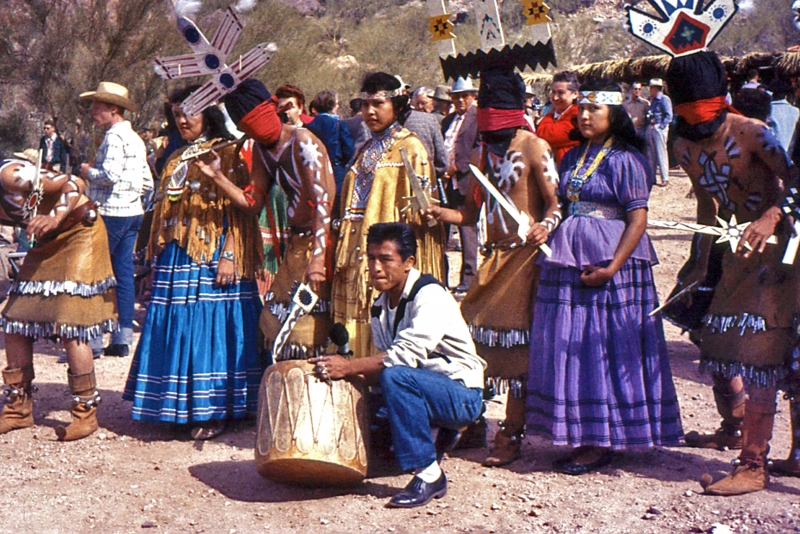Some of the most successful and popular casinos in the United States are run by Native Americans on tribal land. These enterprises provide employment and prosperity for Native Americans and relaxation and entertainment for their guests.

Why Native Americans?
Many of the tribal lands, formerly known as reservations, have a high degree of independence and are not in many cases bound by state laws. In states where gambling is severely restricted, Native American tribal areas are often the only places where casinos can legally operate. As a result, Native American areas where poverty and unemployment were once the norm have been transformed into wealthy, vibrant localities.
A Growing Success Story
Native Americans have been running casinos since the 1950s, but the industry really began to expand following the Indian Gaming Act, 1988. This act clarified the legal position and led to a swift expansion of casinos and other gambling enterprises on Native American lands. There are now more than 400 Native American gambling enterprises in the United States with a combined annual turnover approaching thirty billion dollars. But the success story is not just about gambling; many of the casino resorts are linked to hotel, restaurant and entertainment facilities making them into fully-fledged tourist destinations.
The Future
The rate of growth in Native American gambling enterprises has slowed down somewhat in the last few years as a result of the recession. In addition the gambling wealth is not evenly spread across all tribes and in all parts of the country. However, it is clear the success story of Native American casinos is likely to continue for quite some time yet.